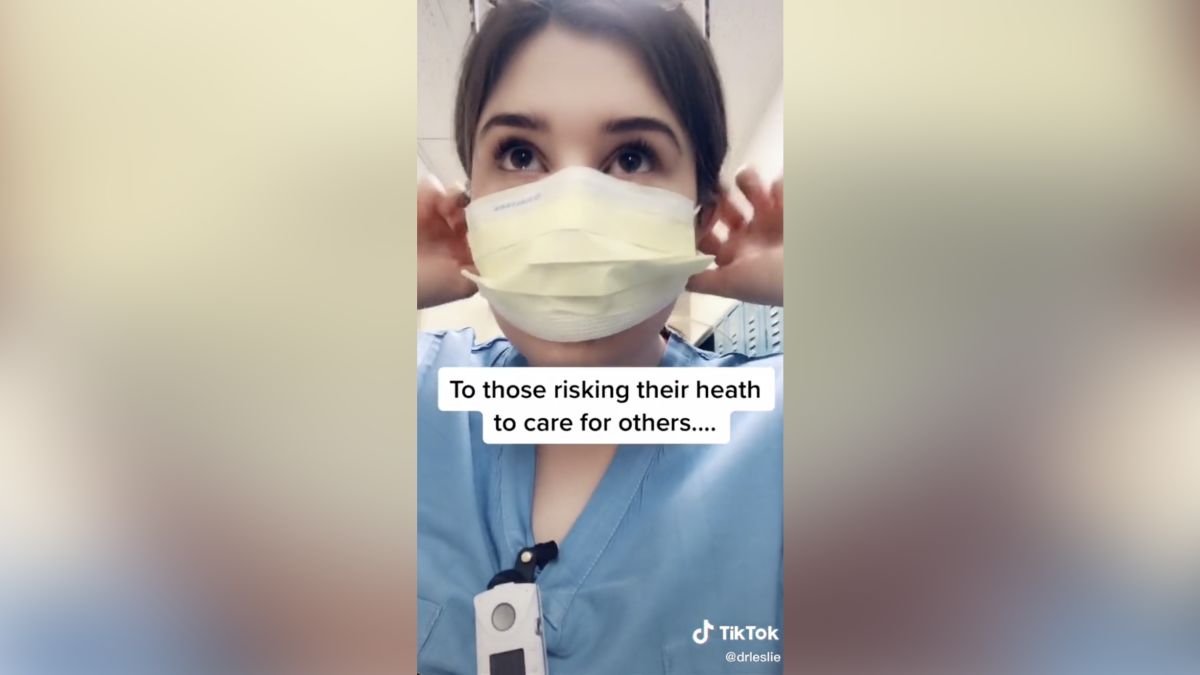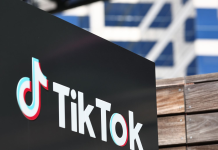
Ali Raja spends his nine-hour shifts within the ER at Massachusetts General Hospital treating gunshot wounds, sprained ankles, heart attacks and now a growing number of coronavirus cases.
But before the emergency physician steps on to his long shift and after he’s done, he’s on Twitter, usually for a minimum of an hour each day .
Raja, who is additionally the chief vice chair of Mass General’s department of medicine and a Harvard school of medicine professor , has been using Twitter to share information about coronavirus, also referred to as Covid-19, including personal protective equipment for medical professionals and therefore the importance of social distancing, to his 57,000 followers, and to find out from other medical professionals.
“Right now, Twitter is that the best thanks to get medical information out,” Raja told CNN Business. “Because of the very fact that everyone gets a voice [on social media], it’s extremely easy for alarmist messages to select up steam. we’ve to be constantly vigilant about trying to urge that panic in check and spread a special message.”
In a sign of the days , doctors are effectively waging a two-pronged fight against coronavirus: one part takes place in overcrowded hospitals and therefore the other takes place on noisy social media platforms as they work to combat what the planet Health Organization has declared an infodemic with accurate, authoritative voices. All of meaning doctors, a number of whom were once reluctant to embrace social media, are wading deeper into platforms that are rife with fake news, unproven medical advice and mass panic.
“Social media is that the disease and therefore the cure. it’s liable for the dissemination of misinformation the maximum amount because it must be a tool for repairing that,” said Rick Pescatore, an ER physician and public health expert within the Philadelphia area, who is active on Twitter and Facebook and has treated Covid-19 patients. “It’s incumbent upon physicians, who want to urge real information out there, to satisfy these patients where they’re — and that is social media.”
Ali Raja, an emergency physician at Mass General, uses Twitter to share coronavirus information. “We need to be constantly vigilant about trying to urge that panic in check and spread a special message,” Raja told CNN Business.
Fighting coronavirus misinformation where it lives
Perhaps nowhere is that this shift more striking than on TikTok, a short-form video platform beloved by teens that’s best known for lip syncing, dance routines and comedy skits.
In one TikTok video viewed quite 416,000 times, a RN named Miki Rai does a choreographed dance involving tons of hand motions as facts about Covid-19 flash on the screen, like how long the virus stays on different surfaces. In another TikTok video, set to soothing elevator music, Dr. Rose Marie Leslie demonstrates proper handwashing: Wet hands. Lather up. Start washing for 20 seconds. Scrub under your nails and between fingers. Rinse.
Leslie, a house physician specializing in family practice at the University of Minnesota school of medicine , created a TikTok account a few year ago, with the aim of reaching a younger demographic with health education information. Soon after coronavirus cases started emerging, she began creating TikToks about the difficulty . Now, she works to debunk myths about the virus for her quite 500,000 followers.
“People have numerous questions and they are watching tweets or random Instagram posts that are not necessarily from valid sources,” Leslie said. “My real goal was to require the messaging specifically from trusted sources and obtain it bent the broader community and also put it during a way that’s palatable, that’s quick nuggets of data presented during a short way.”
@drleslie BUSTING MYTHS ABOUT THE NOVEL CORONAVIRUS AKA COVID19. #myth #myths #facts #truth #real #stayhome
She and other doctors are banding together through social media to choose a framework of verifiable sources and knowledge to share with the general public . Some doctors also are reportedly turning to social media to develop Covid-19 treatments.
“[We] are all quite lecture one another and arising with unified messaging associated with Covid-19 that’s all coming from the trusted sources that we glance to, just like the World Health Organization, in order that whenever somebody is rummaging through TikTok or YouTube, we will confirm that we’re providing a unified message and getting an equivalent information bent everybody,” Leslie said.
In some sense, this is often a return to at least one of the sooner goals of social media platforms like Twitter: providing accurate public health information. The account for the Centers for Disease Control and Prevention Twitter was one among the primary to be verified on the platform. And yet, while some doctors on the platform have a blue checkmark next to their names on Twitter, others — including Raja and Pescatore — still don’t .
Doctors overcome their fear of social media
The coronavirus pandemic could accelerate a shift within the medical profession toward being easier and active on social media after an extended period of being apprehensive about it.
Some doctors, like Raja from Mass General, had privacy and safety concerns and worried that “people might find me outside the emergency department.” Others worried about the impact it’d wear their careers. “There are concerns about if my hospital goes to smack me down for posting about this or that,” said Pescatore. “But as we all become easier with it, i feel more and more people are engaging with it.”
On Twitter, a community referred to as #MedTwitter, has emerged, where medical professionals share information, discuss new research and learn from one another . Now, such communities are more critical than ever. “The best place to find out is #MedTwitter,” Raja said, who estimates that thousands of doctors are a part of it.
The doctors aren’t alone in their online fight against coronavirus. Other health groups, including the planet Health Organization, British Red Cross , the planet Economic Forum, and therefore the IFRC are posting Covid-19 information to TikTok, collectively amassing many followers. These organizations even have accounts on other social media platforms, including Twitter and YouTube.
You take signout from the previous team, but nearly every patient is the same, young & old:
Cough, shortness of breath, fever.
They are really worried about one patient. Very short of breath, on the maximum amount of oxygen we can give, but still breathing fast.
— Craig Spencer MD MPH (@Craig_A_Spencer) March 24, 2020
But again and again, round the world, first-hand accounts from doctors have proven to be particularly powerful in shaping how the crisis is perceived, both inside and out of doors the medical profession .
In one Twitter thread retweeted quite 131,000 times last week, Craig Spencer — the director of worldwide health in medicine at New York-Presbyterian/Columbia University center — shared insight into his typical day on the frontlines of coronavirus within the ER , including gearing up during a gown, goggles, and mask to encounter sick patients and later wiping down all personal belongings like his wallet, phone and badge. His account led to many press coverage.
“You might hear people saying it is not real. It is. you would possibly hear people saying it is not bad. It is. you would possibly hear people saying it can’t take you down. It can. I survived Ebola. I fear #COVID-19. Do your part. Stay home. Stay safe. and each day I’ll come to figure for you,” Spencer tweeted.











